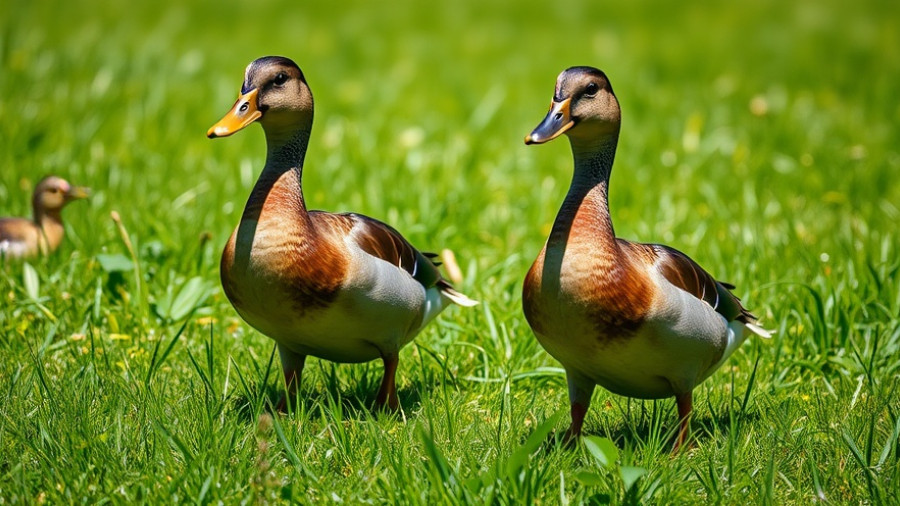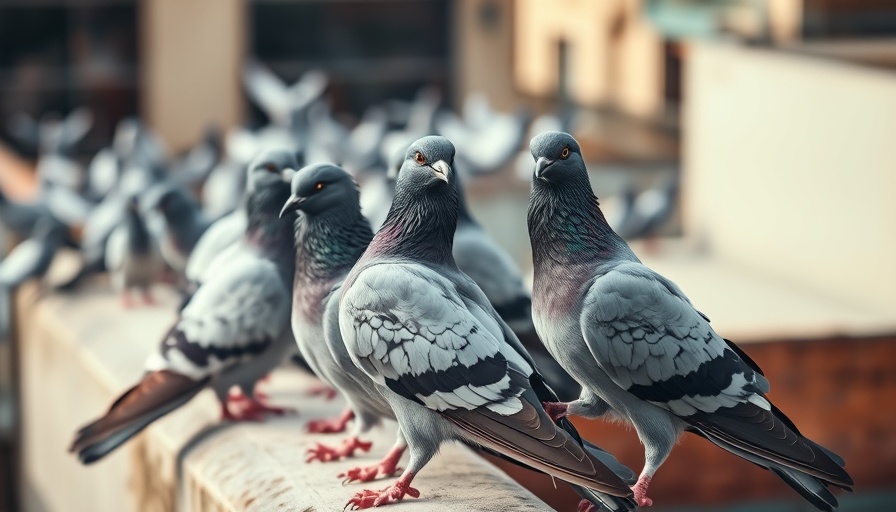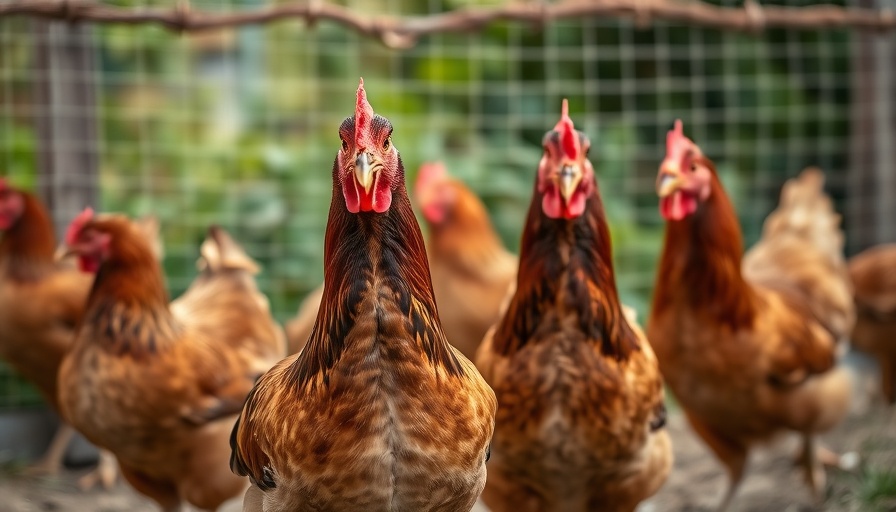
Understanding Avian Influenza: Risks and Precautions
As Hawaii deals with a suspected case of avian influenza in a duck on the University of Hawaii at Manoa campus, the state's Department of Agriculture is urging both commercial poultry operators and backyard bird owners to enhance their biosecurity measures. Avian influenza is a highly contagious virus that poses a significant risk to domestic birds, particularly if they come into contact with infected wild birds.
The Centers for Disease Control and Prevention (CDC) assesses the current risk to humans as low. However, those who work closely with or are frequently exposed to infected birds are encouraged to adopt protective measures. This includes wearing gloves, masks, and ensuring that their hands and equipment are sanitized after contact with their birds.
Impact on Poultry Operations and Backyard Flocks
The avian influenza virus has been known to decimate poultry populations. For example, last November, it was discovered in a flock at a duck rescue organization, leading to the heartbreaking decision to euthanize nearly 100 birds. There’s no approved treatment for poultry, making preventive measures crucial. The only effective strategy once the virus is detected in a flock is to depopulate all infected and at-risk birds.
Recognizing Symptoms and Enhancing Protection
Poultry owners should be vigilant for symptoms such as sudden death, drop in egg production, or respiratory issues. To mitigate risks, keeping domestic birds isolated from wild birds is vital, as the latter can harbor the virus without displaying illness. Furthermore, the Honolulu Zoo is implementing heightened safety protocols to safeguard its avian residents from potential exposure.
The Importance of Biosecurity
Bird owners are encouraged to familiarize themselves with biosecurity practices, available through various online resources, including guidelines from the CDC. These practices include monitoring bird health regularly, controlling access to flocks, and preventing the mingling of domestic and wild birds.
In conclusion, while the threat to human health remains low, the risk to avian species is significant. By following recommended guidelines and maintaining strong biosecurity measures, both commercial and hobbyist bird owners can protect their flocks. Avian influenza is a reminder of our interconnectedness in the ecosystem; vigilance is necessary in maintaining the health and safety of our birds.
 Add Row
Add Row  Add
Add 




Write A Comment